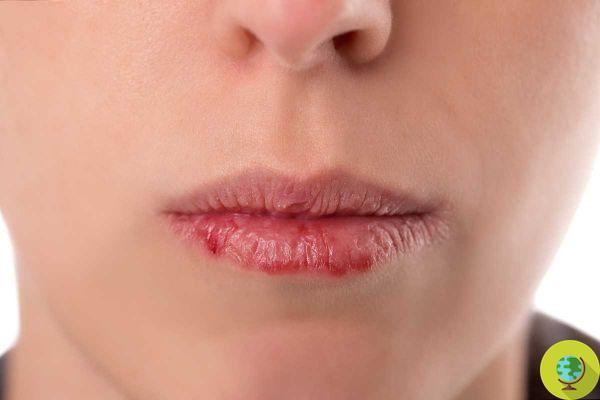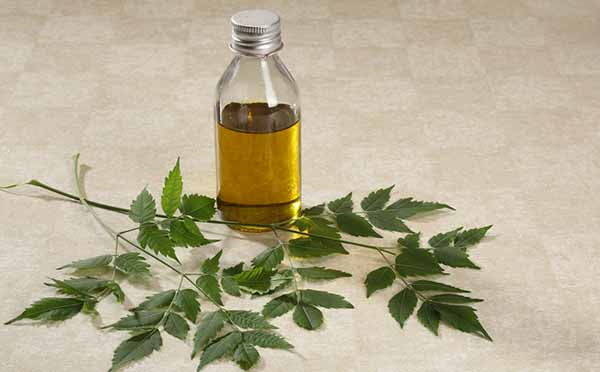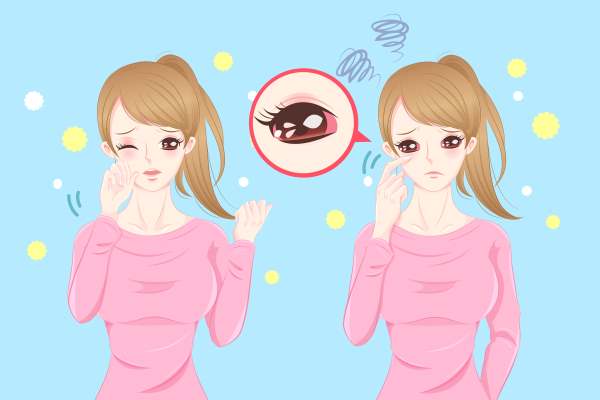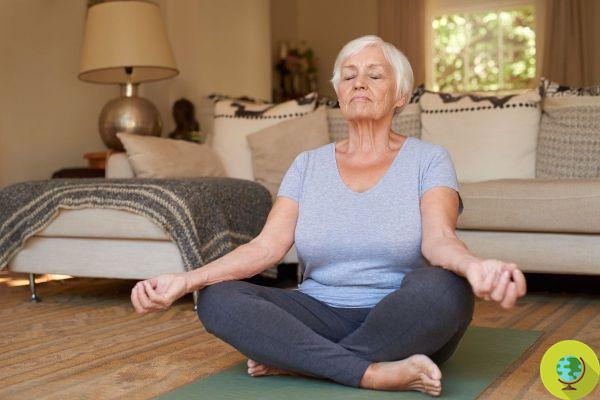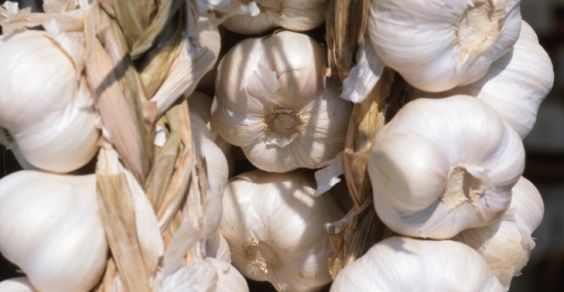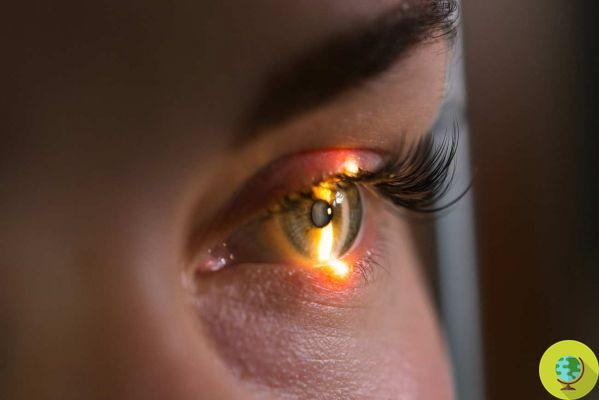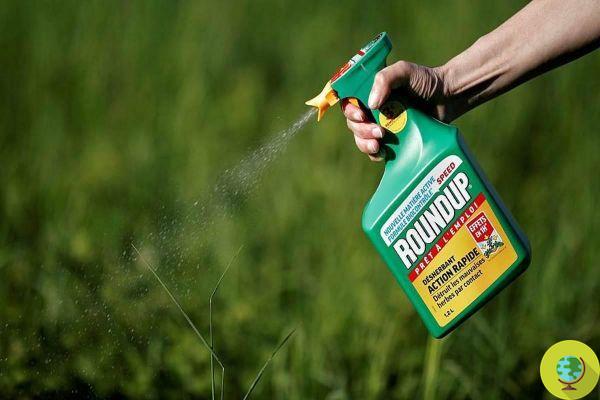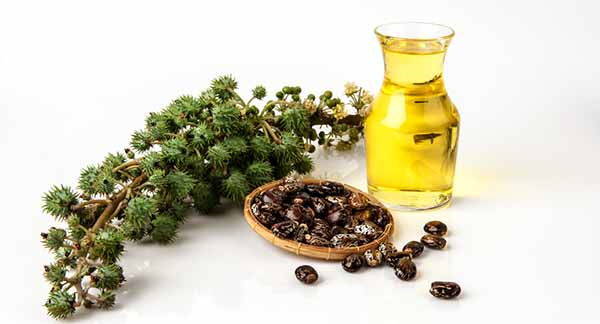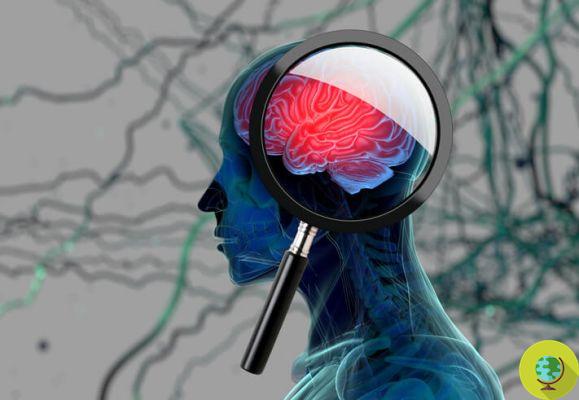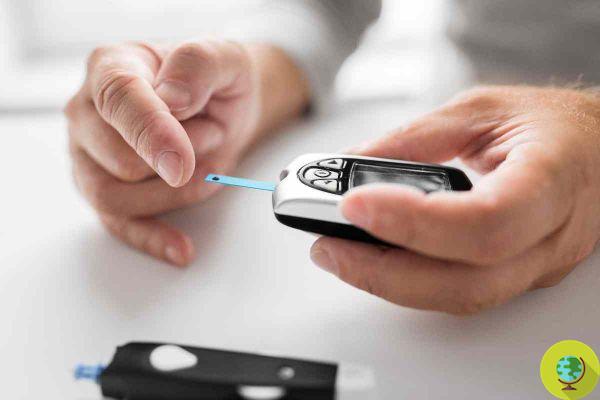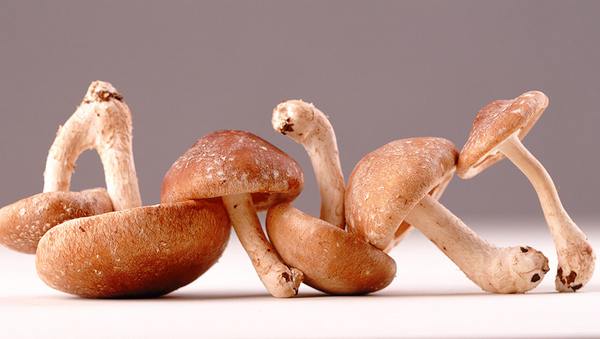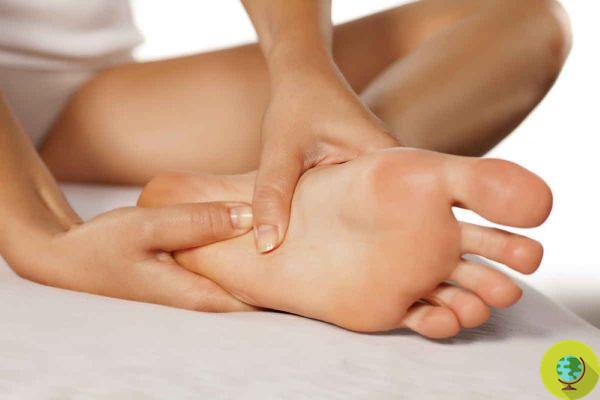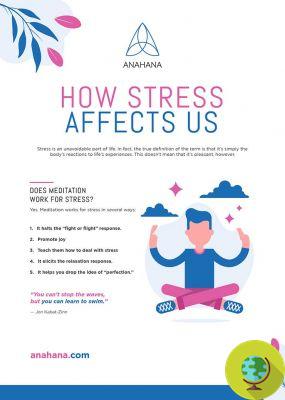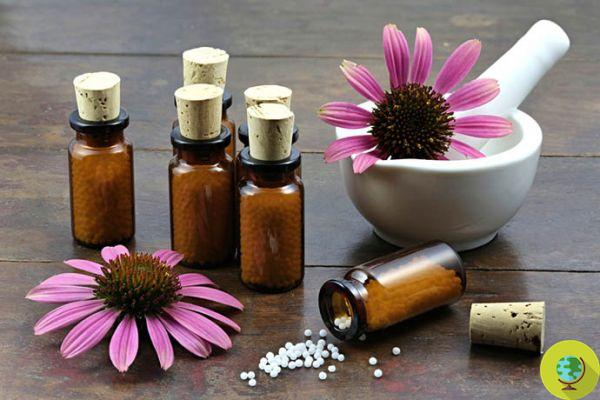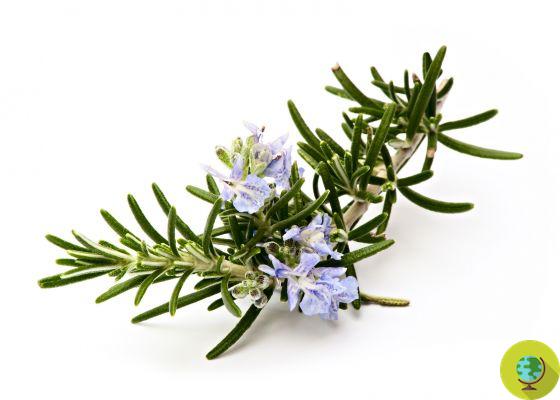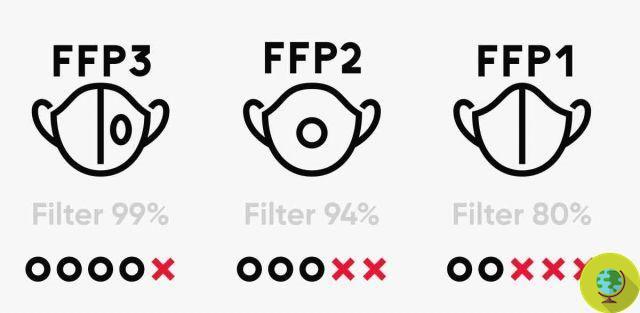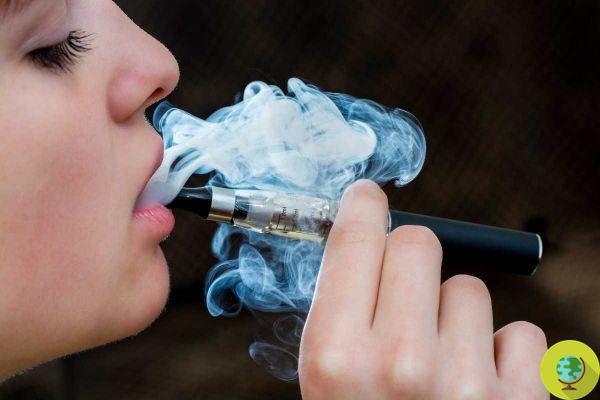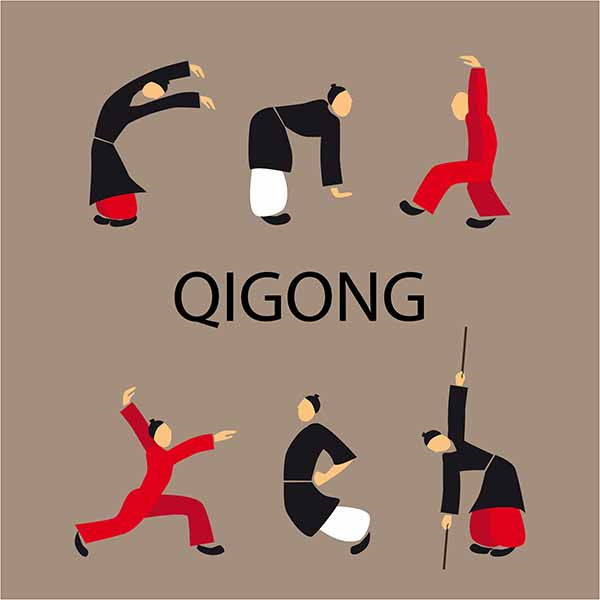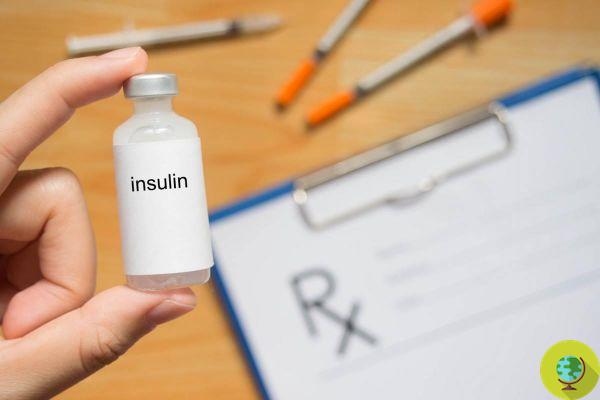What are the causes of varicose veins? And do they represent a problem that can be prevented?
Don't store avocado like this: it's dangerousLe varicose veinsthe varices, are real abnormalities in the structure of the veins, which appear swollen, dilated and irregular usually on the legs and feet. They can acquire a blue or dark purple color and they are often abnormal and twisted. They rarely represent a serious condition and usually do not require treatment. But what are the causes of varicose veins? And do they represent a problem that can be prevented?
A cause varicose veins, which affect around 30% of women (Source: Inran), can be many factors. Any vein can become varicose, but those most affected are those of the legs and feet, because standing or walking a lot increases the pressure in the veins of the lower limbs.
For many people, varicose veins are simply a cosmetic concern. For others, they can cause severe pain and discomfort. And sometimes varicose veins can lead to more serious problems.
Index
What are varicose veins
The World Health Organization defines this pathology as a “sacular dilation of the veins which appear tortuous most of the time”. It means that with varicose veins we refer to a pathology (varicose veins) where a permanent dilation of a vein associated with a different structure of the venous walls near the surface of the skin.
The site of greatest presence of varicose veins is represented by lower limbs and are mostly present on the legs and ankles. Basically, varicose veins are caused by the fact that the veins can lose, due to multiple factors, elasticity and functionality, so over time they become tortuous and force the blood to flow back in the wrong direction, not allowing it to be entirely pushed towards the heart.
This is why the veins swell, become real and bluish nodules the skin on the surface becomes shiny and dry.
What happens technically:
The veins are nothing more than a system of vessels which, in the systemic circulation, carry oxygen-laden blood from the "periphery" of the body to the heart, and which, in the pulmonary circulation they carry oxygenated or "arterialized" blood from the lungs to the heart.
In the lower limbs it is a particularly difficult path, because the blood must "rise" towards the heart against the force of gravity. So, in the "ascent", the blood is helped by the calf muscles which, by contracting, squeeze the veins. A very effective mechanism that affects only the deep venous system. In the lower limbs there are, in fact, two venous systems: the deep system, which is surrounded by muscles, and that superficial, consisting of the large and small saphenous veins that are located immediately under the skin. The two systems connect thanks to the so-called "perforating" veins, which, under normal conditions, carry blood from the surface to depth. If the venous wall collapses, it stretches or loses elasticity the vein dilates and the valves no longer close regularly, effectively losing their function. This is how it happens that the blood flow, instead of moving from the surface to the depth, reverses the direction of the flow and goes from the deep to the superficial system. That is, the so-called "reflux" occurs, which leads to an engorgement of the superficial veins which dilate further. Here are varicose veins.
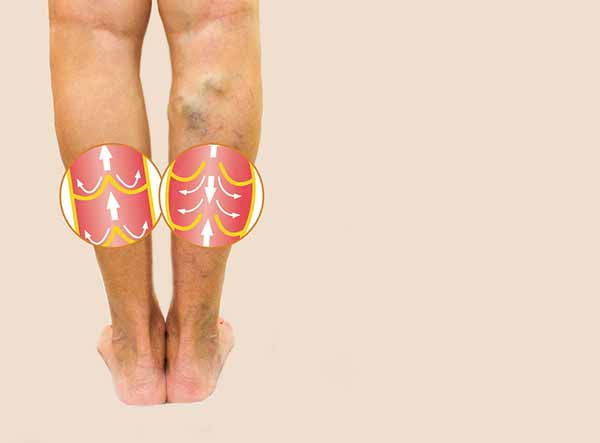
Depending on the type of veins involved, the following can be distinguished:
- trunk varicose veins, involving the saphenous veins
- reticular varices, as for the branches afferent to the saphenous veins
- telangiectasia o microvarices, which are dilations of the venules, the most terminal portions of the veins
If you are further away from the major vascular axes, you have smaller and smaller varicose veins up to the varicose veins of the dermis.
In general, varicose veins are distinguished "primitive"If a precise cause is recognized (frequent standing, obesity, female sex, pregnancy),"secondaryIf other diseases follow, such as post-thrombotic syndrome.
Varicose veins causes and risk factors
A standing position for most of the day or excessive body weight are among the causes that most can cause varicose veins to develop.
In general, the factors that can cause varicose veins are:
- sex, women suffer most
- changes in the veins present at birth (congenital)
- constipation
- obesity
- muscle pump deficiency
- work in an upright position or in a warm environment
- age, of occurring more between 30 and 50 years
- pregnancy
- venous hypertension
READ also: 10 NATURAL REMEDIES FOR SWELLING AND HEAVY LEGS
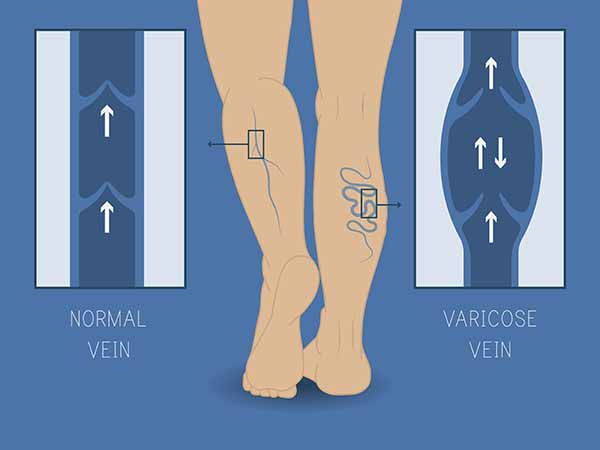
It goes without saying that it also affects him lifestyle: lack of physical activity, a sedentary lifestyle, the use of too tight clothes and shoes with too high heels and smoking have their negative impact.
Varicose veins, what symptoms?
Of varicose veins often there are no obvious symptoms until there is evident venous stasis or edema. Generally, they accuse themselves heaviness of the limb and in correspondence of the varicose veins there is a sensation of heat and itching. In addition, edema may appear around the malleolus, especially the internal one and in some cases superficial phlebitis may develop or have varicosity rupture hemorrhages.
To recap, the most common symptoms of a varicose disease are:
- swelling of the lower limbs
- heaviness in the lower limbs especially in the evening and at night
- pruritus
- visible and palpable varices
- night cramps
- pain
- telangiectasia and venulectasia
- skin piigmentations
- declining edema
- ipodermite
- varicose eczema
- varicorragie
- ulcer
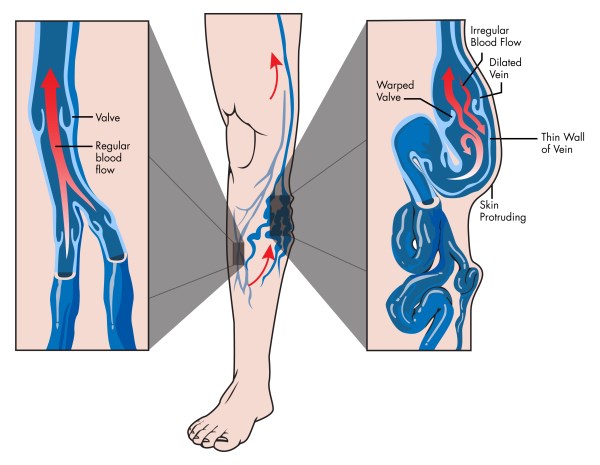
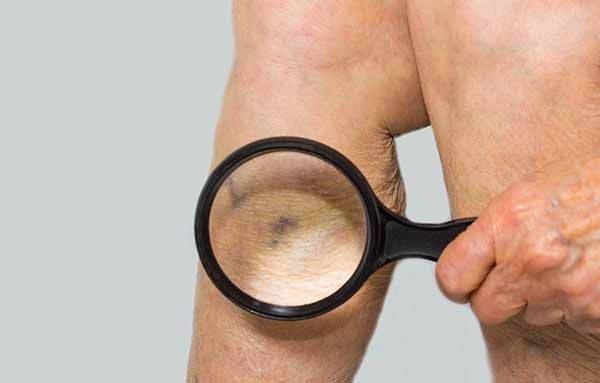
Varicose veins, how to prevent them?
Some people are more prone to developing varicose veins than others due to some inheritance or their weight or lifestyle habits that are not properly correct. Know i risk factors that could lead to the development of varicose veins is already a lot to prevent the onset of the problem, but it is always advisable to contact your doctor to evaluate your entire personal situation.
There are a few, however moves to do (or not to do) to try to prevent the problem or not aggravate it further:
- keep the ideal weight
- make movement or one regular sport, but activities that require abrupt shots, such as tennis or jogging, are not recommended
- keep the raised legs as soon as possible
- to wear elastic stockings compressive
- beer very
- to prefer vegetables purple / dark blue color rich in vitamin C
- moderare the consumption of foods with caffeine, chocolate, mate and guarana
- avoid staying in upright position (even if sitting) for too long because venous hypertension is favored, it is better to change position often
- avoid wearing clothes that are too tight that strain circulation
- avoid using shoes too often with heels high, which limit the work of the muscles of the leg
- reduce the smoke andalcohol
- do not stay too long exposed to heat (sun, sauna)
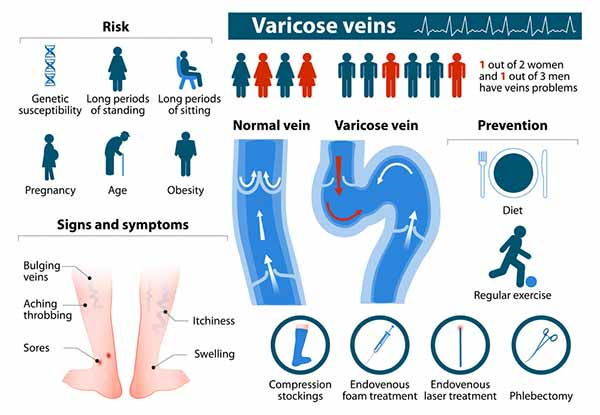
Varicose veins, remedies
If you consider you have the first symptoms of varicose veins, it is advisable already refer to your doctor especially to avoid serious complications such as bleeding, phlebitis or infections.
In general, the classic medical treatment plan involves the use of drugs phlebotonic, which increase the tone of the venous wall and reduce the feeling of fatigue and heaviness in the legs; profibrinolitici, which dissolve the accumulations of fibrin that have formed due to vascular lesions; anticoagulants, which promote circulation; sclerotherapy, which consists in the injection into the vein of chemicals that first determine the formation of a thrombus, then the fibrous transformation of the venous wall.
To be combined, hydrotherapy can also be useful for improving circulation in the lower limbs. The Kneipp path, for example, with which jets of hot and cold water alternate, can have truly beneficial effects for varicose veins.
You might also be interested in:
- VARICOSE VEINS: 10 NATURAL REMEDIES TO RELIEVE SYMPTOMS AND IMPROVE CIRCULATION
- CAPILLARIES ON THE LEGS: NATURAL CAUSES AND REMEDIES
- PHLEBITIS: SYMPTOMS, CAUSES, REMEDIES AND HOW TO RECOGNIZE VENOUS THROMBOSIS (PHOTO)
In addition, many resort to herbal medicine. Therefore they can be useful:
- horse chestnut, which has an important and powerful capillary-protective, anti-edema and decongestant activity
- Red grapevine
- centella asiatica
- butcher's broom
- Blackberry
- calendula
If you are in the presence of particularly severe cases, you can also think, in consultation with your specialist doctor, of a surgery, consisting in the removal of the diseased venous portion and in the connection of the tracts.
Germana Carillo




